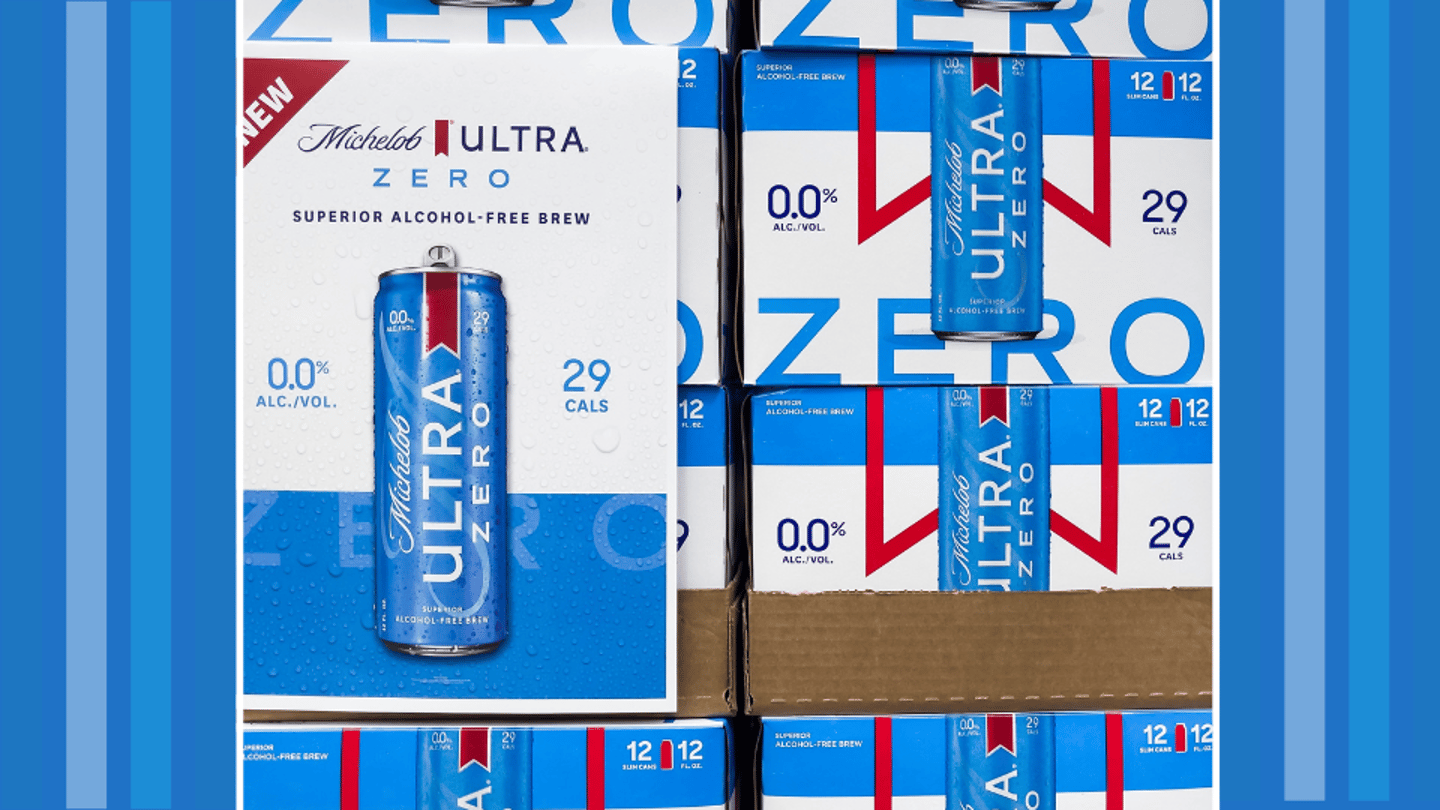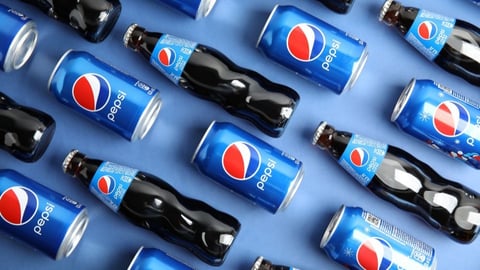AB InBev Investing in U.S. Footprint to Meet Megabrand Expansion
Anheuser-Busch InBev (AB InBev) is progressing on its growth strategy, seeing strong results in its America segment, which aligns with the recent $300 million investment to modernize its U.S. manufacturing footprint.
Most of the company’s footprint sits within the Americas, according to CEO Michel Dimitrios Doukeris, who said during recent earnings conversations that its U.S. portfolio is “continuing to build momentum and gain share of the industry.”
Michelob Ultra and Busch Light are central to this growth. The brands are No. 1 and No. 2 volume share gainers in the U.S. beer industry, per Doukeris. And while they are growing rapidly, there is still untapped regional potential to scale that growth (e.g., Michelob Ultra has 6% share in the West/Northeast vs. 11% in other states).
Michelob Ultra is a premium brand in AB InBev’s portfolio and one of the levers it is pulling to not only continue to grow share, but also improve its financials, said Doukeris.
He added that the company is focusing on these and other megabrands (of which there are 50 globally or five per market on average) to drive global and local growth, as they account for 5.6% revenue growth across AB InBev. It’s part of a portfolio optimization strategy that originally launched in 2017.
Global megabrand Corona, for example, is driving premiumization across its markets, growing revenue by 7.7% outside of Mexico and volumes by double digits in more than 30 markets.
As such, AB InBev is continuing to invest in these high performers. In the first half of the year, the company put $3.6 billion toward sales and marketing for these brands to improve effectiveness and drive brand power in its portfolio.
Modernizing Manufacturing to Support Growth
As Michelob Ultra, Busch Light and other mega brands rapidly scale, the company will need to keep up with manufacturing and distribution needs by expanding and optimizing its production capacity, particularly as AB InBev expands in certain markets.
Also: Learn why AB InBev’s supply chain overhaul is focused on touchless planning
“Innovation is a key component of our ambition to drive increased participation and develop new occasions,” said Doukeris, who added that two good examples of its innovation capabilities this year are both from the U.S. business: Busch Light Apple, a seasonal relaunch, and Michelob Ultra Zero, a non-alcoholic, low-calorie beer.
For the Busch Light Apple innovation, purchase is driven primarily by 21- to 24-year-old consumers, who have a 6x higher rate of purchase for Busch Light Apple versus the industry average.
Regarding Michelob Ultra Zero, non-alcoholic portfolio revenues are up 33% globally and gaining share in 70% of key markets. The company has been innovating in “beyond beer” and non-alcoholic beverages, identifying them as major growth categories. This will require a more flexible production infrastructure.
The company’s recent expansion and upskilling efforts in its St. Louis and Columbus facilities, along with nationwide manufacturing capability investments, will help support this growth and help scale the new innovations.
Doukeris attributed much of the company’s U.S. success to its diversified geographic footprint, supported by digital levers such as its DTC digital platforms, which grew revenues by 6%, and its BEES marketplace, which grew gross merchandise value by 63% year-over-year.






